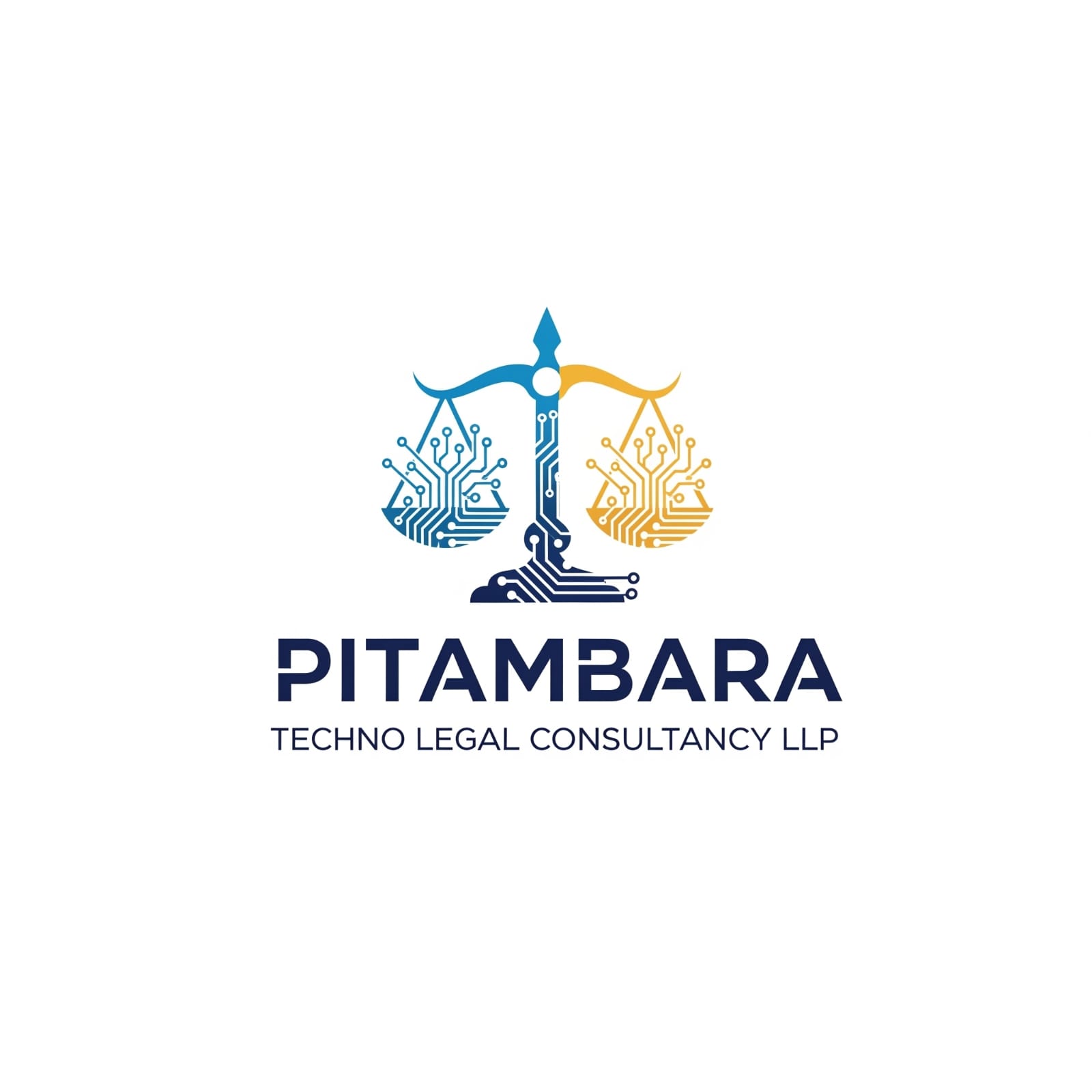Cybersecurity Services



Brochure
Latest Services
Technical Security Services
November 20, 2023Cybersecurity Services
November 20, 2023Legal Services
November 20, 2023If You Need Any Help Contact With Us
+91 99817 01277
Cybersecurity Services
SIEM: Implementation, tuning & continuous monitoring
Asset Management: Inventory, classification & lifecycle
Vendor Risk Management:Assessments, remediation, contract clauses
ISMS (ISO 27001): From gap analysis to certification readiness
ERM (ISO 31000): Enterprise risk identification and control
BCMS (ISO 22301): Business continuity strategy and implementation
SOC 2: Readiness, attestation assessments, reporting
PCI DSS: Payment-card data protection & compliance
1. Security Risk Assessment & Vulnerability Management
In‑depth Risk Assessment: Analyze your digital infrastructure (networks, applications, endpoints, cloud) to identify threats and potential attack vectors. We prioritize vulnerabilities by likelihood and business impact.
Vulnerability Scanning: Regular use of automated and manual scans to detect outdated software, misconfiguration, and unpatched systems.
Remediation Planning & Tracking: Strategic roadmaps to treat each risk, assign responsibility, and follow through to closure.
2. Penetration Testing & Ethical Hacking
Network Penetration Testing: Simulate real‑world attacks from internal and external vantage points to uncover network-level weaknesses. This includes firewall, IDS/IPS, router and segmentation testing.
Web & Mobile App Testing: Manual code review and dynamic testing to locate OWASP Top 10 vulnerabilities (SQL injection, XSS, authentication flaws, etc.).
Social Engineering Simulations: Controlled phishing, vishing, and physical (“tailgating”) tests to assess organizational human risk.
Post‑Attack Analysis: Detailed justification reports, root-cause identification, and recommended remediation actions.
3. Managed Detection & Response (MDR):
24/7 Threat Monitoring: Around-the-clock alerting and analysis of suspicious events across networks and endpoints.
Endpoint Detection & Response (EDR): Continuous surveillance of devices like laptops, servers, and mobile devices for malicious activity and anomalies.
Secured Incident Response: Immediate containment, threat mitigation, digital forensics, and rollback planning to minimize impact and restore operations swiftly.
4. Security Information & Event Management (SIEM):
Implementation, tuning & continuous monitoring Centralized Log Management: Aggregation of logs from servers, firewalls, intrusion systems, applications, and cloud environments.
Real-Time Incident Alerting: Automated correlation rules that flag abnormal behavior in real time.
Threat Intelligence Integration: Leverage up-to-date intelligence feeds to enhance detection, identify trends, and issue proactive defense measures.
5. Cloud & Infrastructure Security:
Cloud Configuration Audits: Review of AWS, Azure, Google Cloud, or private cloud setups for security best practices and misconfiguration risks.
Secure Architecture Design: Enforcing zero-trust models, secure VPCs, network segmentation, encryption in transit and at rest.
Compliance Alignment: Assurance that cloud controls meet industry and regulatory requirements (e.g. PCI‑DSS, GDPR, HIPAA).
6. Email Security & Anti‑Phishing:
Advanced Email Filtering & Sandboxing: Identify and quarantine malicious attachments or links.
Email Encryption & Content Control: Protect sensitive content via encryption protocols and DLP tools.
Phishing Awareness Campaigns: Simulated phishing, training modules, and end-user feedback to reduce click-through risk.
7. Data Protection & Encryption:
Data Loss Prevention (DLP): Policies and technologies to prevent unauthorized exfiltration or leakage of sensitive data.
Encryption Services: Implementation of encryption both in transit (TLS/SSL, VPN) and at rest (full-disk, file-level).
Access Control & IAM: Role-based access, multifactor authentication (MFA), and privileged access management to minimize exposure.
8. Compliance & Regulatory Readiness:
Compliance Gap Analysis: Evaluate policies, controls, and procedures against frameworks such as ISO 27001, GDPR, PCI‑DSS, HIPAA, and SEBI/CSCRF.
Policy Design & Documentation: Development of cybersecurity policies, incident response plans, backup/recovery manuals and audit-ready documentation.
Mock Audits & Reporting: Pre-audit simulations to test readiness, followed by compliance reporting for regulators.
9. Security Awareness Training & Advisory:
Educational Workshops: Tailored sessions for employees, addressing phishing, password hygiene, safe remote work, and incident reporting protocols.
Ongoing Advisory Support: Virtual CISO-style service offering continuous advisory across security strategy, governance, vendor oversight, and incident preparedness.
10. Ongoing Support & Incident Response:
Incident Response Retainer: Pre-defined SLAs for rapid mobilization when a security incident arises.
Root Cause & Forensics Analysis: Thorough investigation of breaches, digital evidence gathering, and post-mortem action planning.
Continuous Improvements: Quarterly reviews, system patch management, and proactive upgrades of security posture.
Our Engagement Approach
Discovery & Current Posture Analysis
Deep dive into asset architecture, business-critical data, user workflows, and past incidents.
Identification of gaps and threat modeling aligned with your risk appetite.
Strategic Planning & Design
Creation of a phased implementation roadmap, custom architecture, and required controls aligned to industry best practices.
Secure Implementation & Integration
Deployment of firewalls, encryption, EDR, SIEM, IAM, and other security technologies with minimal operational disruption.
Testing & Validation
Executing VAPT and continuous vulnerability scans, followed by iterative refinement.
Delivery with Documentation & Training
Handover of final deployment details, security policies, user guides, and awareness training materials.
Ongoing Monitoring & Managed Support
24/7 managed detection, incident response, compliance reviews, and proactive updates.
Benefits to Customers
Reduced Risk Exposure: Early detection and remediation of vulnerabilities before adversaries strike.
Rapid Incident Containment: Fast response times minimize service downtime and reputational harm.
Regulatory Compliance Assurance: Preparedness for audits and avoidance of fines under GDPR, PCI, HIPAA, ISO, SEBI, etc.
Business Continuity & Trust: Customers, partners, and stakeholders see your organization as secure and reliable.
Predictable Costs: Fixed-fee managed services eliminate surprises compared to ad-hoc internal security spend.








